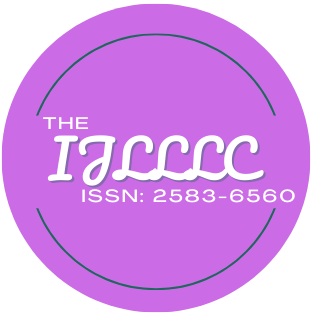| Title: CRITICIZING THE PERSIAN TRANSLATION OF NABOKOV’S LAUGHTER IN THE DARK BASED ON TOURY’S TARGET-ORIENTED APPROACH TO TRANCISM |
| Authors: Hamidreza Abdi |
| Abstract: The present study aims to make an objective judgment on the Persian translation of Nabokov’s (1989) Laughter in the Dark according to Toury’s (2012) target-oriented approach to trancism by discovering the extent of the involvement of three types of norms, namely initial norms, preliminary norms, and operational norms, in the translation. To do so, a comparison was made between the original text and its translation at word, phrase, and sentence levels. Graedler’s (2000) translation strategies, including making up a new word, explaining the meaning of the SL expression in lieu of translating it, preserving the SL term intact, replacing it using any term in the TL that has the same “relevance” as the SL term, were employed to investigate types of the translation strategies Nikfarjam (2012) employed as the micro level and his overall strategy at the macro level. This led to a full investigation of the influence of initial norms on the translation type, adequate or acceptable. As the results indicated, the tree norms were involved in the translation to a great degree and Nikfarjam had a strong interest in the TT-oriented strategies rather than the ST-oriented ones. This caused him to produce an acceptable translation. In conclusion, Toury’s target-oriented approach is appropriate for trancism because it takes into consideration a series of factors, such as linguistic and socio-cultural factors, in the translation evaluation. |
| Keywords: Trancism; initial norms; preliminary norms; operational norms. |
| DOI: https://doi.org/10.59009/ijlllc.2023.0011 |
| PDF Download |
